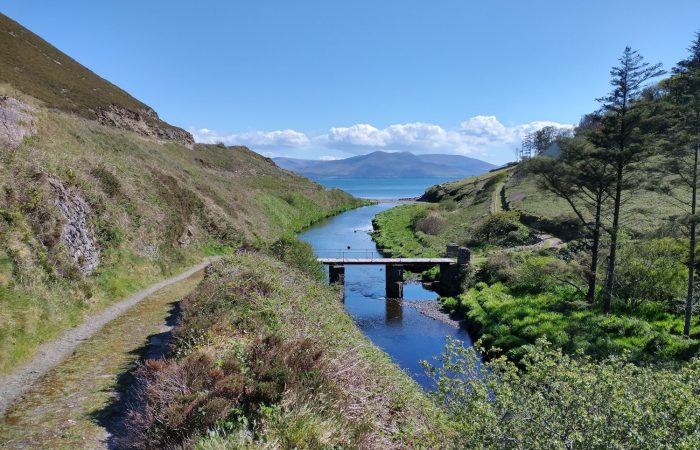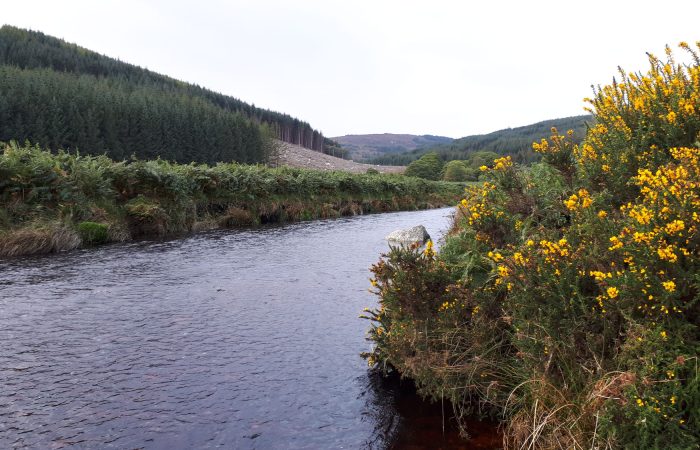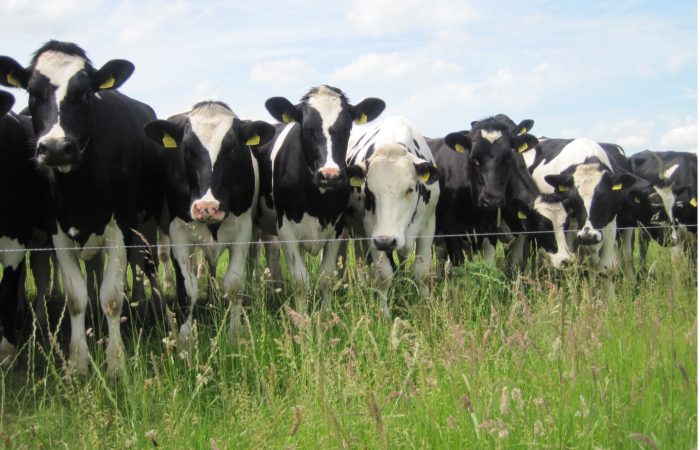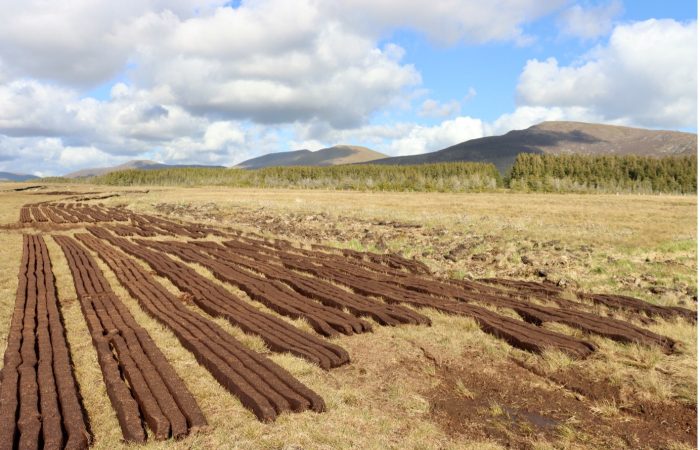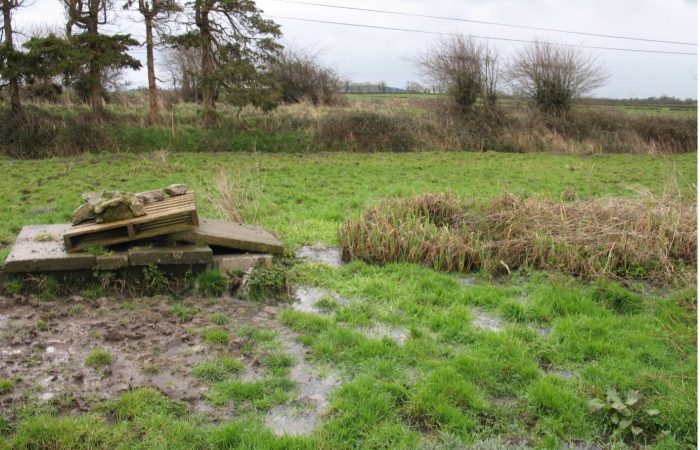Hydromorphology
Hydromorphology, is a relatively new discipline which is described in the Water Framework Directive . It refers to the physical character of the river and includes the flow of water in the river, the course the river takes or the form and shape of the river channel.
